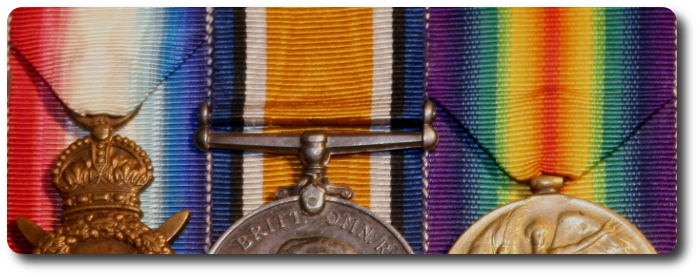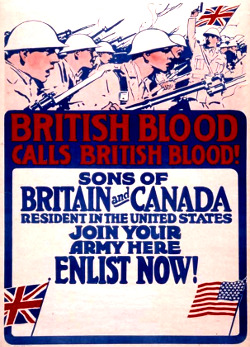Topic: CEF

Canadian Officer Who Saw Service in France Discusses Trench Warfare
Lieutenant J.H. Mitchell
Officer in Charge British-Canadian Recruiting Office in Spokane
Spokane Daily Chronicle, 22 November 1917

Richard Holt (2015) British Blood Calls British Blood The British-Canadian Recruiting Mission of 1917-1918, Canadian Military History: Vol. 22: Iss. 1, Article 4.
The American soldier on his arrival in France will find himself confronted with the hardest and most difficult work he has even undertaken in his life, in order to prepare him for service in the trenches. The training he has been given before leaving the United States will be of great value to him, but it is found that men in training under the instruction of officers and non-commissioned officers who have actually seen service at the front, and where all the modern devices of trench warfare are available, will in most cases learn far more rapidly and thoroughly than they would at home.
It may be borne in mind that while aircraft and artillery play important parts in war, all battles are decided by the infantry at close quarters, and that all training is carried on with this end in view.
First of all, the American soldier will be brought to the highest standard of discipline and physical fitness and his training will start at the very fundamentals of the manual of arms and simple movements and finally culminate in sham attacks in which his whole regiment will act as a unit. Portions of the German trenches will be duplicated from airplane photographs and the advance will be made under conditions as realistic as possible.
Before this last step can be taken, he must learn many things. Bayonet fighting is of the highest importance, and training for this form of fighting is carried out, not with the idea of teaching a man a number of difficult but picturesque poses and thrusts, but simply with the idea that when he meets a German face to face he will know that he is the better man and that he will be able to dispose of his antagonist in the shortest possible time.
Bombing is also taken up, first with dummy bombs and then with the live ones. Each man will be carefully taught what to do in case of a gas attack and the final part of his training in this respect will consist of an actual experience on the training grounds of what a gas attack really is.
The American army has long been considered one of the straightest and best shooting armies in the world, and the experience of the British army in the early part of the war proved how valuable this training is. In spite of the time spent in training with other arms, musketry will not be neglected, and a large amount of practice will be carried out on ranges under actual service conditions, the targets representing the enemy. A large proportion of the infantrymen will be trained as machine gunners, as this arm is playing an more and more important part in the warfare at the front. Other men will be trained in the operation of trench mortars.
All this training will be carried out in very gradual stages. Men will be under the instruction of their own officers and also of French and British officers, but as further American contingents arrive in France, more and more American officers will be used for instructional purposes. While the infantryman is carrying out his training as detailed above, the artillery, medical corps and quartermaster corps will also be training along lines which will make them as proficient in their work as the infantry.
The final step in the training takes place when the United States troops are sent in to the front line trenches for an instructional tour under the guidance of the troops that have held that sector for some time. After the tour is completed the troops will be considered finally trained and fully capable of holding any section of the line which is assigned to them.

